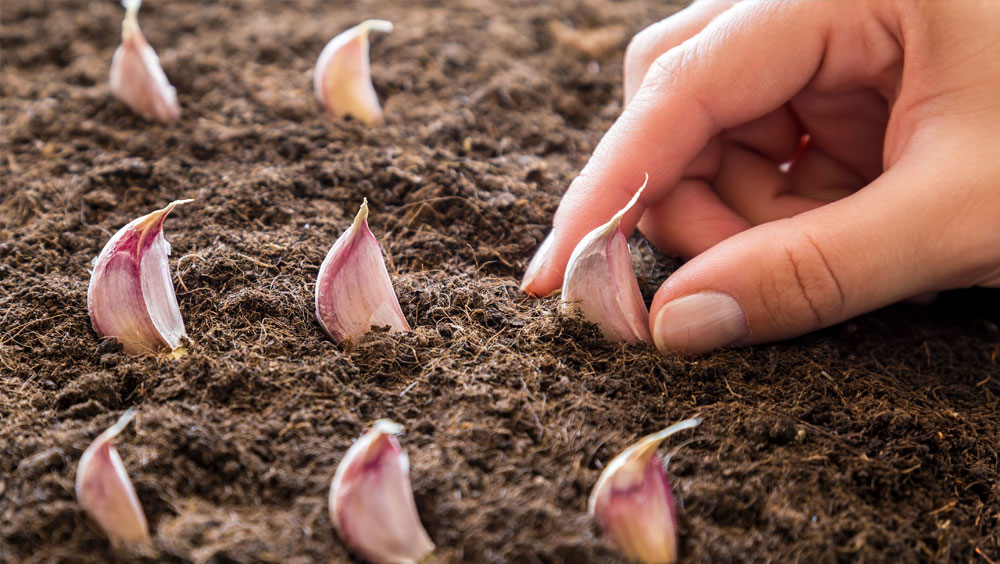If you're wondering 'when do you plant garlic,' the timing is critical for a healthy, flavorful crop. Garlic is one of the simplest and most rewarding crops to grow, but getting the timing right is essential to developing large bulbs and an abundant harvest. Whether you're a seasoned gardener or a beginner, understanding when to plant this kitchen staple can make all the difference.
Why Timing Matters When Planting Garlic
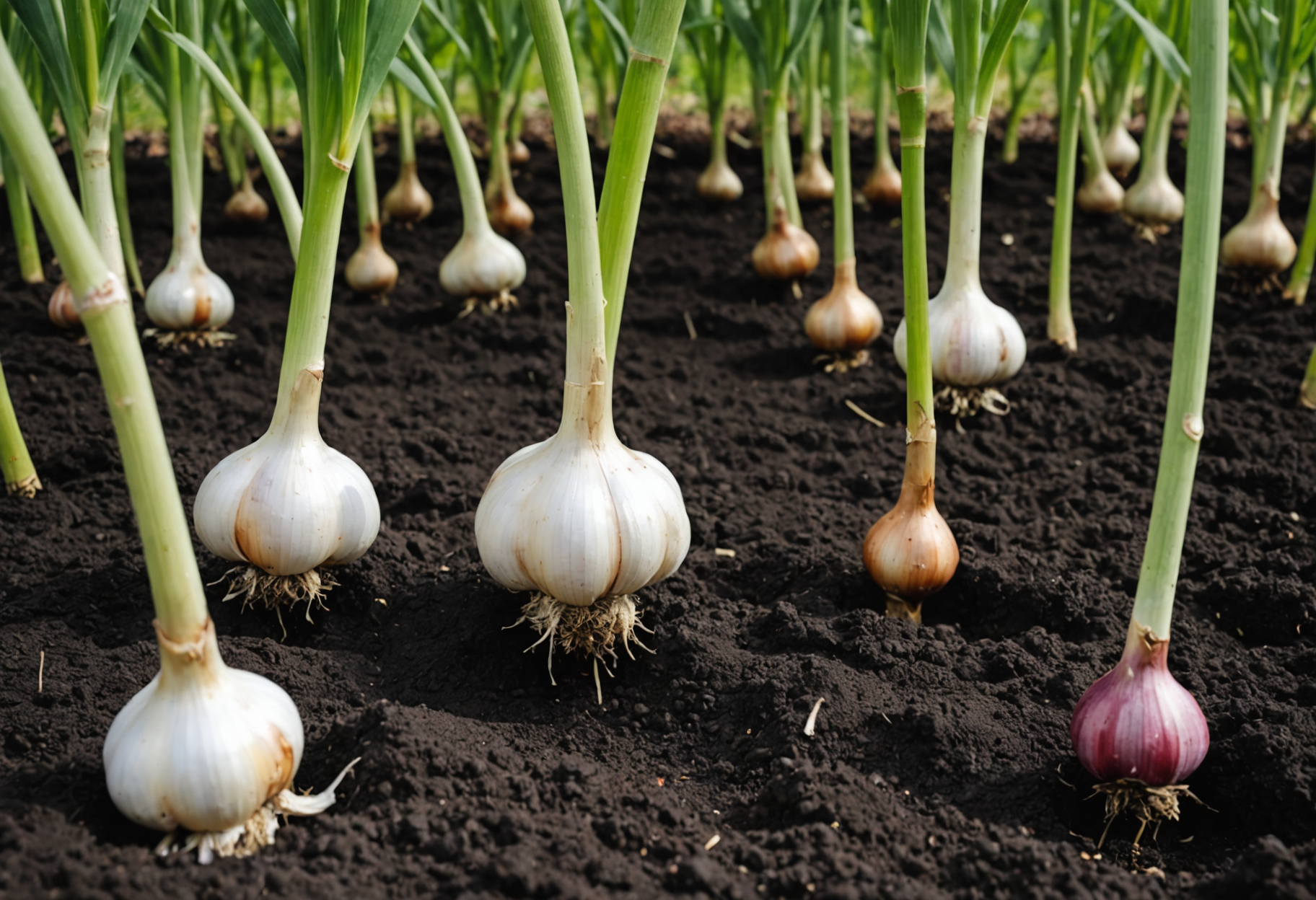
When considering the question 'when do you plant garlic,' it's important to understand how timing influences bulb development. Planting at the wrong time can result in small cloves or underdeveloped roots. Garlic needs a cold period for bulb formation, which is why fall planting is often recommended. However, timing can vary based on climate and garlic variety.
The Best Time To Plant Garlic In The Fall
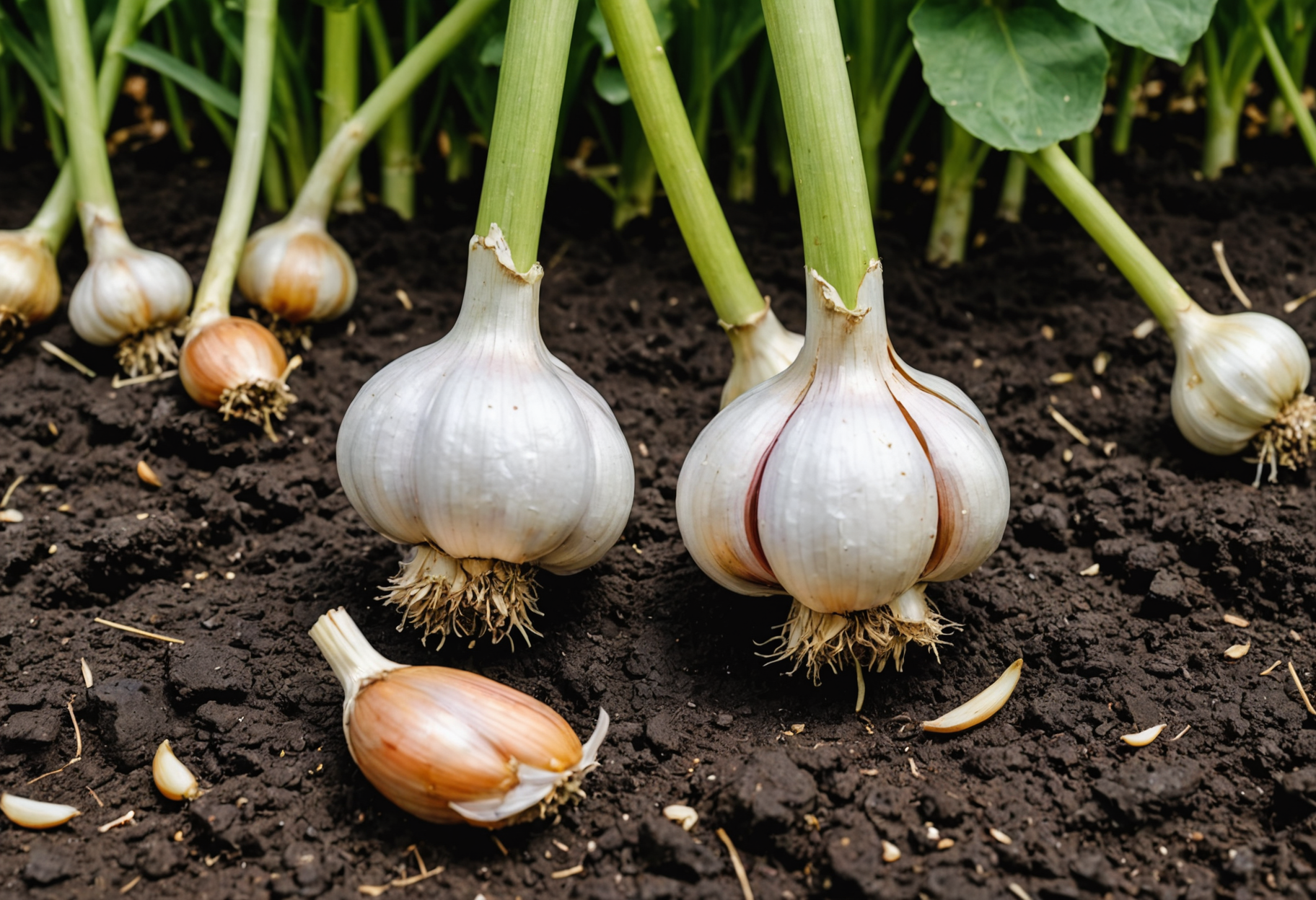
Fall is generally the best time to plant garlic for most gardeners. Typically, garlic should be planted 4-6 weeks before the ground freezes, which usually falls between late September and early November in many regions. This allows enough time for the garlic to establish roots before winter dormancy, setting the stage for robust growth in spring.
Spring Planting: Is It Too Late?
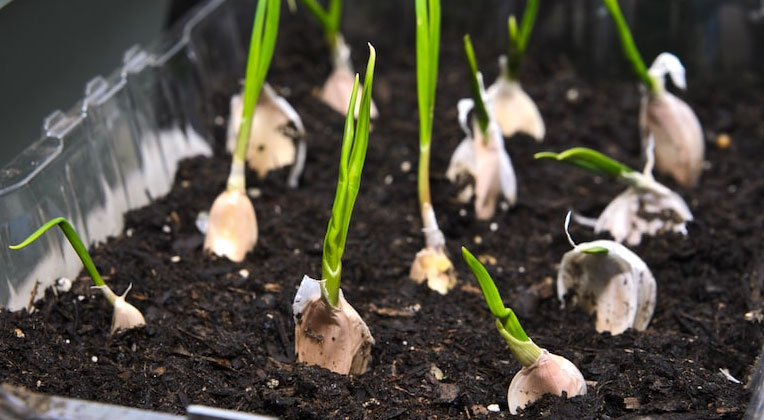
While fall is ideal, you can still plant garlic in early spring if you missed the autumn window. When planting in spring, choose early as possible—around the time the soil is workable post-frost. Expect smaller bulbs, as spring-planted garlic doesn't benefit from the winter chilling period, but it's still possible to enjoy a flavorful crop.
Know Your Garlic Types: Hardneck VS. Softneck
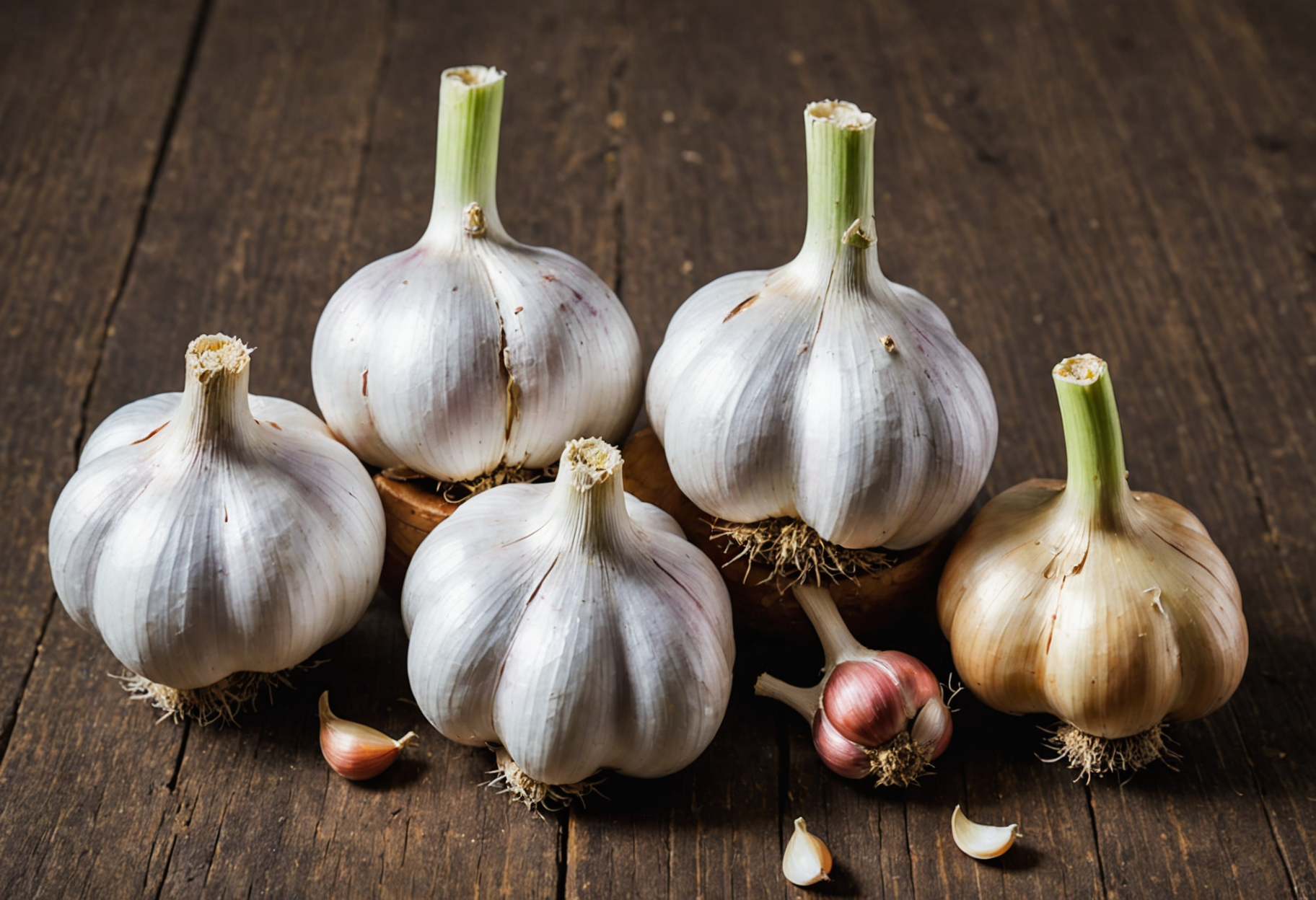
To answer 'when do you plant garlic' more accurately, you need to know your garlic type. Hardneck garlic thrives in cold climates and should be planted in the fall, while softneck garlic can do well in milder regions and can be planted both in fall and spring. Choosing the right variety aligns the planting time with your regional climate.
Regional Differences In Planting Garlic
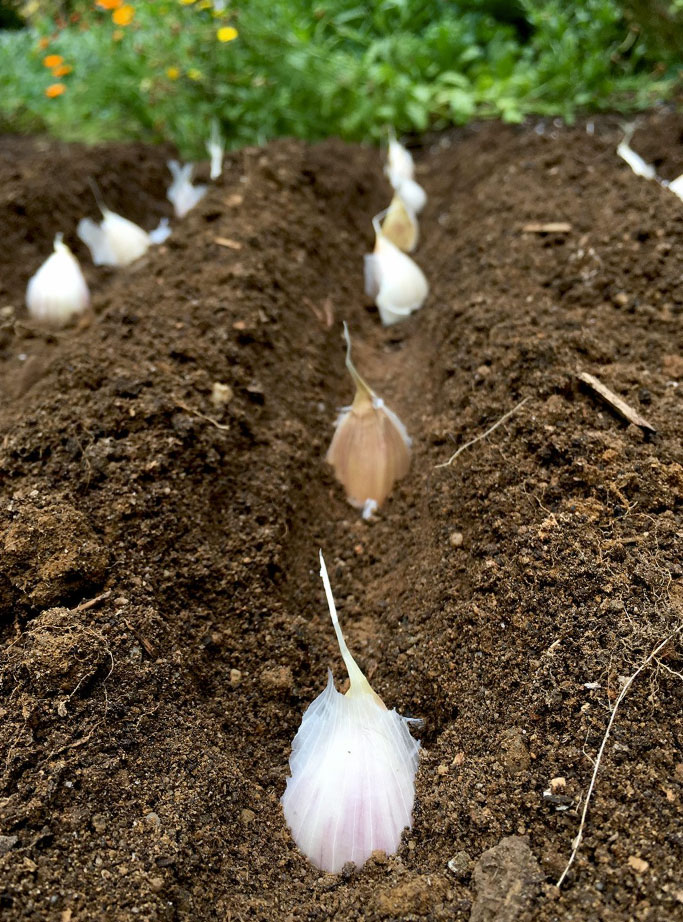
Geographic location plays a significant role in deciding when to plant garlic. Gardeners in colder northern climates should aim for fall planting to make use of natural cold stratification. In contrast, southern and mild winter regions may have flexibility to plant garlic even in later winter or early spring without compromising yield too much.
Soil Conditions And Garlic Planting
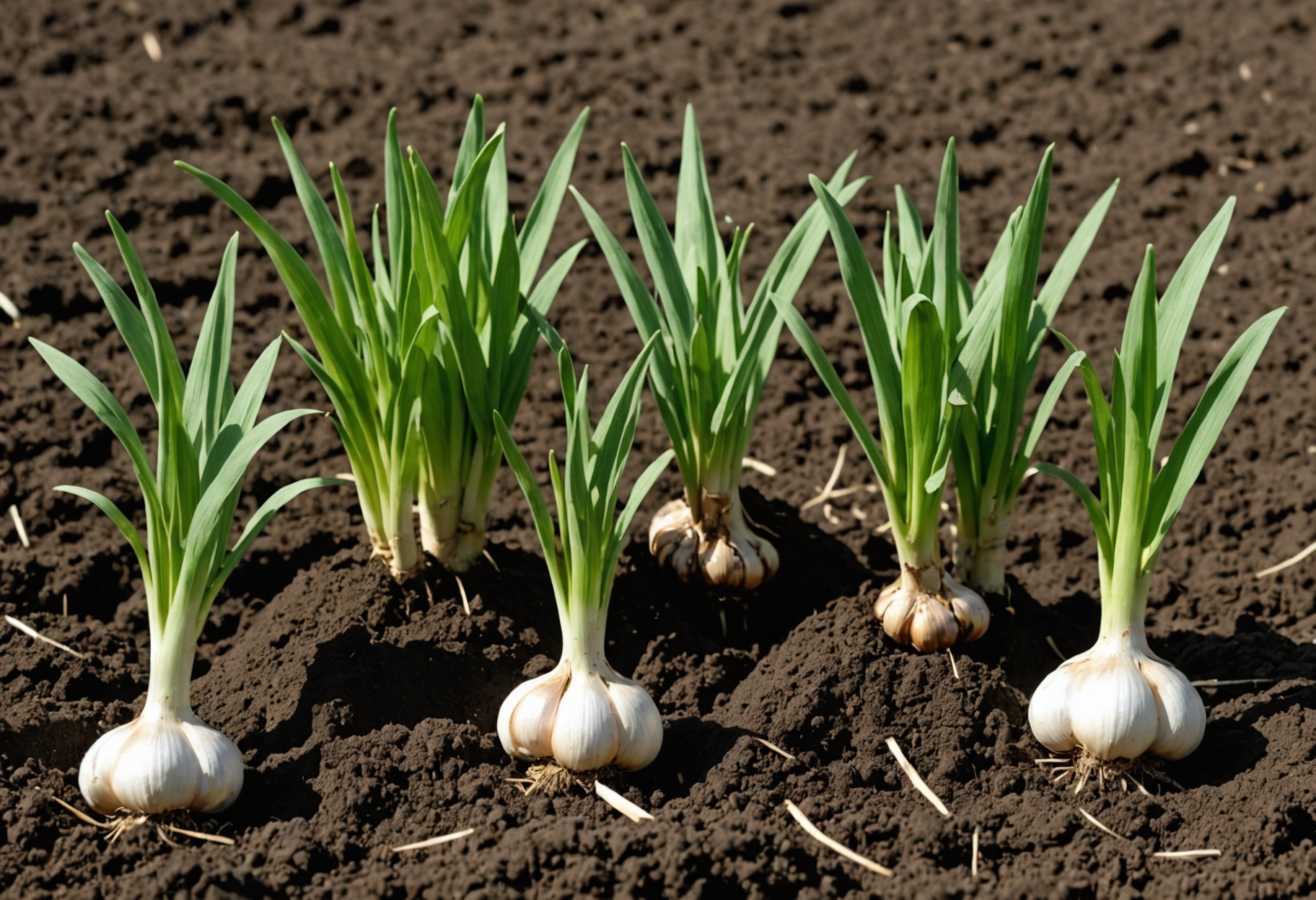
Regardless of when you plant garlic, soil conditions must be optimal to support healthy root development. Garlic prefers loose, well-draining soil with ample organic matter. Testing soil before planting helps ensure that pH levels and nutrients are appropriate, leading to better garlic growth regardless of the season you choose to plant.
How To Prepare Garlic For Planting
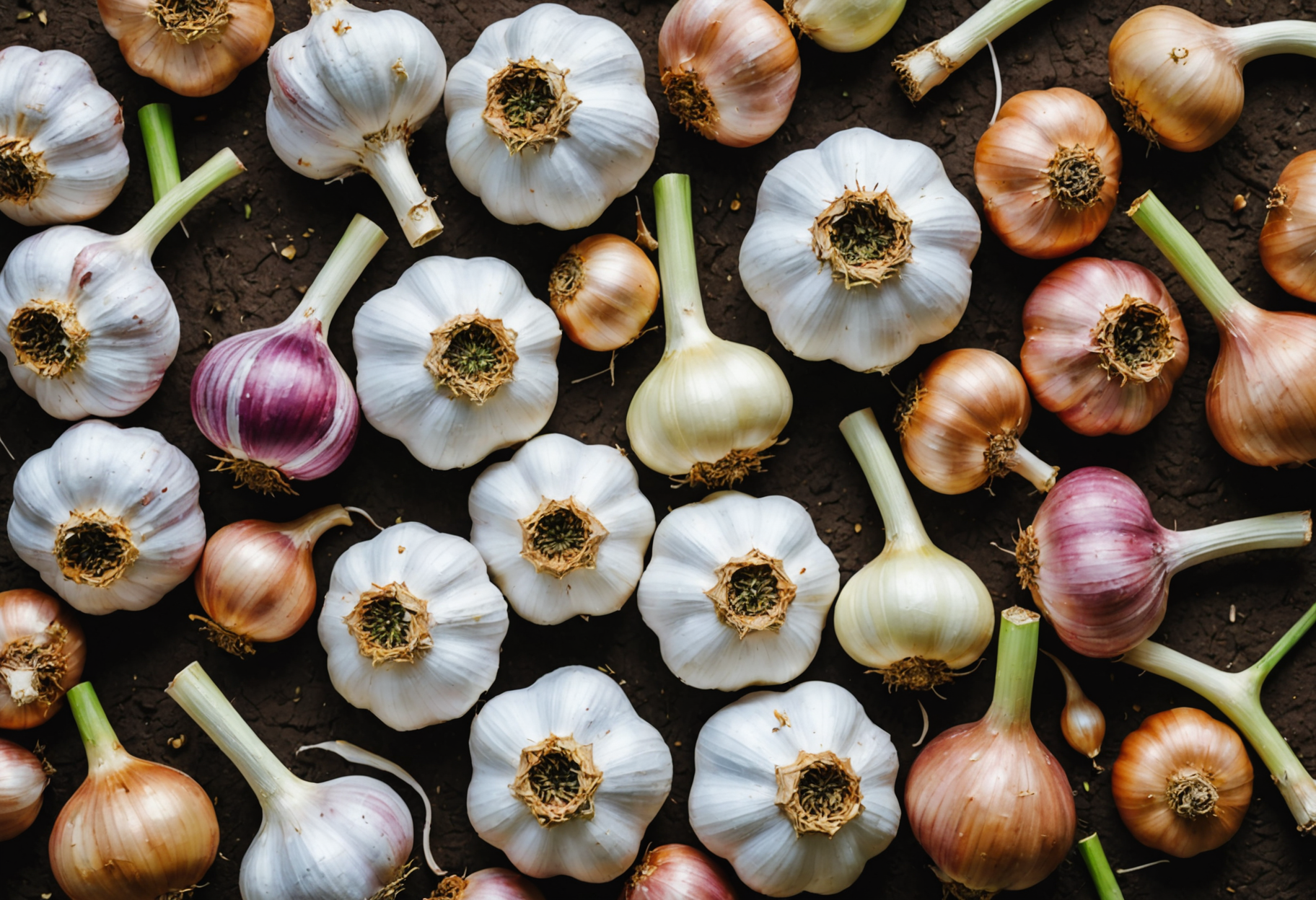
Proper preparation can improve garlic planting success. Separate garlic bulbs into individual cloves, leaving the papery skins intact. Plant the cloves pointy side up, about 2 inches deep and 4-6 inches apart. Mulching with straw in fall helps insulate and protects against frost, particularly important when determining when you plant garlic in cold areas.
Signs That It's Time To Plant Garlic
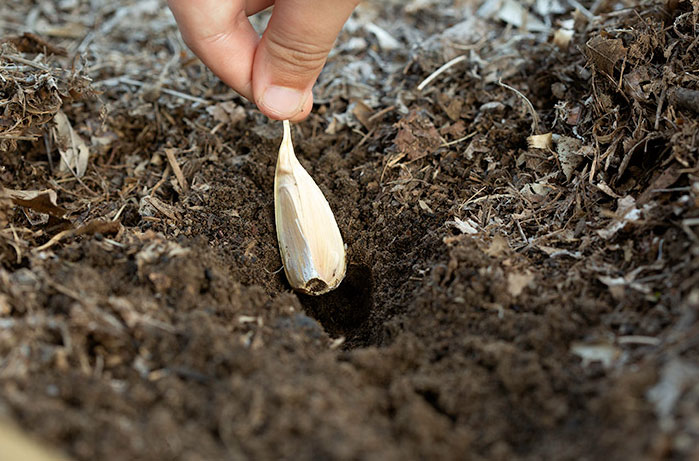
Wondering how to know 'when do you plant garlic' each year? Watch for temperature cues—once soil temps hit 50°F (10°C) in the fall or early spring, it’s time to plant. Check your local average first frost and last frost dates, and adjust accordingly to ensure garlic has enough time to root before harsh conditions set in.
Common Mistakes To Avoid When Planting Garlic
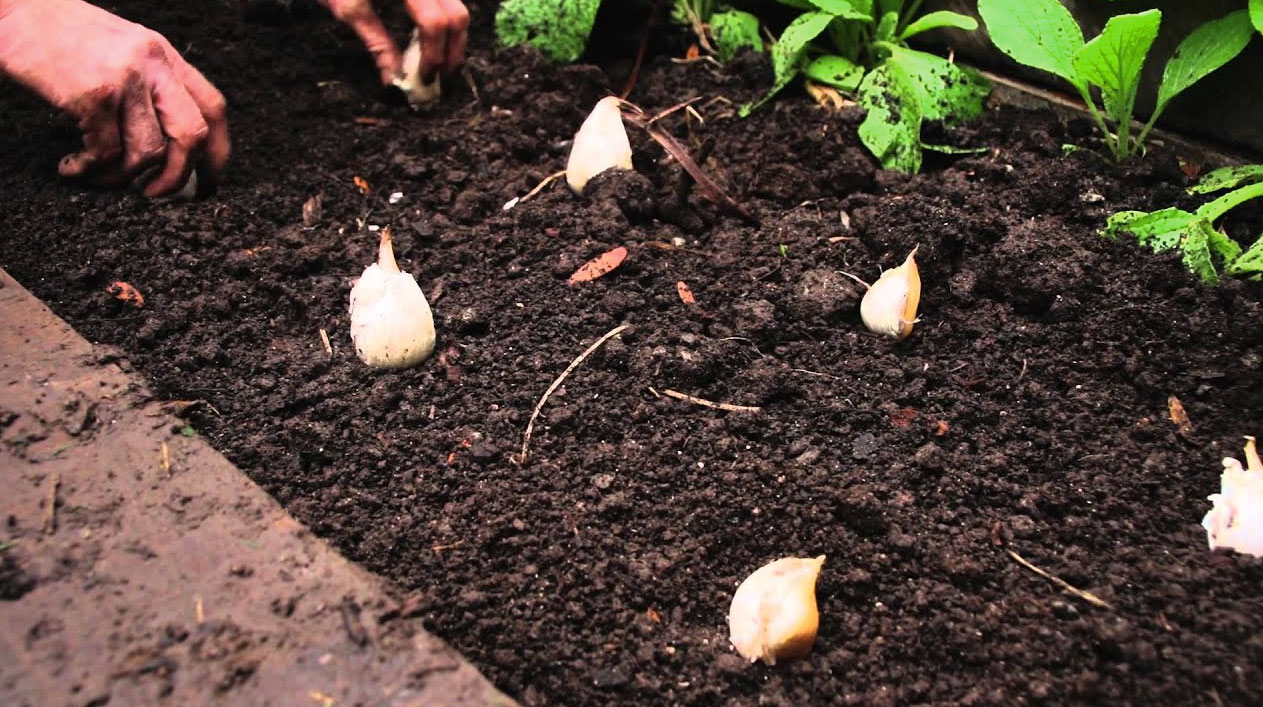
Many new gardeners make timing mistakes when planting garlic. One major error is planting too early in the fall, leading to early sprouting and frost damage. Planting too late, particularly in fall, may restrict root development. Always use fresh, disease-free seed garlic, avoid water-logged soils, and never use store-bought garlic unless it’s organic and untreated.
So, when do you plant garlic? The golden rule is to plant in the fall, about 4 to 6 weeks before your ground freezes. But for those who miss that window, spring offers a second chance, albeit with smaller yields. By understanding your region, garlic type, and soil conditions, you can confidently grow a bountiful garlic crop that will spice up your meals year-round.

